Mulbekh Monastery : The Guardian of Ladakh’s Maitreya Legacy
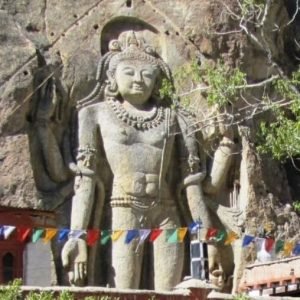
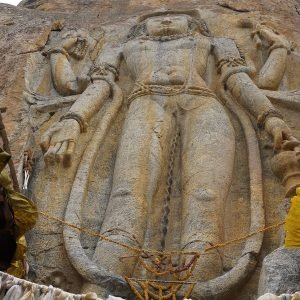
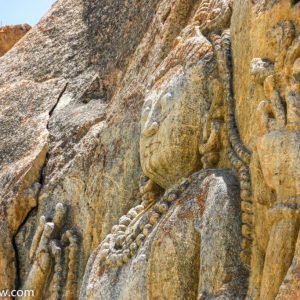
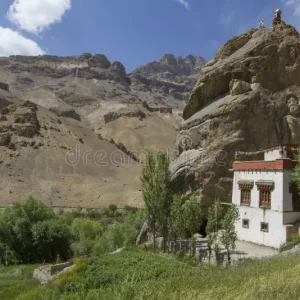
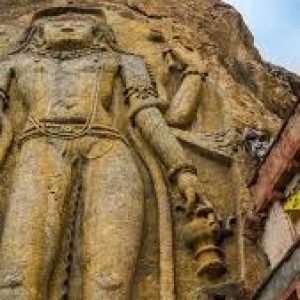
Table of Contents
ToggleAmong the rock cut sculptures, Mulbekh Monastery, in Ladakh, India, stands out as one of the most impressive in the region. It has been a source of wonder for historians, archaeologists, and travelers alike. The Mulbekh rock cut sculpture is not only an insight into how ancient civilizations created art, but it is also valuable from the point of view of an understanding of the spiritual and cultural landscape of the region. Blog: This article tries to discuss at length the history, significance, and mysteries surrounding the Mulbekh rock cut sculpture, considering its cultural content, religious symbolism, and how it inspires awe in people to this very date.
Introduction to the Mulbekh Rock Cut Sculpture
Situated in the district of Leh, at the heart of the Ladakh region, Mulbekh is a small village that has long been a point of interest for those exploring the rich history and heritage of northern India. Known for its Buddhist monasteries and breathtaking landscapes, Mulbekh’s main claim to fame is the monumental rock cut sculpture of Maitreya Buddha. The art sculptured inside an extremely long rock face is one of the oldest and most significant types of rock art in that particular region.
The Mulbekh Maitreya Buddha statue has been a centre point for several archaeological studies, not merely by its size but by historical and religious importance as well. Standing at an approximate 10 meters or 33 feet, this sculpture depicts Maitreya, the future Buddha, which is believed to come on Earth to teach the path of enlightenment to human beings. Details and size in this sculpture are carved into the cliffside, exemplifying an advanced understanding of the art and religion in earlier times.
History of Mulbekh Rock Cut Sculpture
The Mulbekh rock-cut sculpture is one that finds its root back into the first millennium early centuries. Because there aren’t many historical concrete records for dating this, its origin date has been roughly calculated to fall between the 8th century of the common era. It’s the era in which Buddhism flourished across the area. Ladakh, being a part of the Tibetan plateau, has a long history of Buddhist influence, especially from the Tibetan and Central Asian Buddhist cultures.
The rock cut sculpture at Mulbekh is thought to have been created by Buddhist monks who carved it as part of a larger religious and artistic effort to spread the teachings of the Buddha. The region was a crucial part of the trade routes connecting India with Tibet and Central Asia, and these monks used such monumental art as a means of communicating Buddhist philosophy to both local populations and travelers passing through the area.
What makes the Mulbekh rock cut sculpture even more fascinating is the blending of artistic styles. While the Maitreya Buddha is central to the design, it is represented with features that are uniquely Gandhara in style, which is influenced by Hellenistic art. The Gandhara school of art flourished from the 1st to the 5th century CE, blending Greco-Roman and Indian traditions of art, and this influence is evident in the sculptural details of the Maitreya Buddha at Mulbekh.
Maitreya Buddha and its Significance
The central figure of the Mulbekh rock cut sculpture is Maitreya Buddha, who is the main figure in Buddhist eschatology. In Buddhist belief, Maitreya is the future Buddha, who will appear in the world to achieve full enlightenment and teach the Dharma (Buddhist teachings). His arrival is said to occur at a time when the teachings of the historical Buddha, Gautama Buddha, will have been forgotten. Maitreya is considered the compassionate and benevolent Buddha, and his portraiture is regarded as a sign of hope and spiritual renewal.
This important because the inclusion of Maitreya Buddha in the rock-cut sculpture portrays several reasons. One reason it manifests is that Mahayana Buddhism exists during the time of creation within the region. It includes Bodhisattva and the belief in a future Buddha, Maitreya, which spread over all of Central Asia, Tibet, and China. This sculpture is not only an artistic expression but also a witness to the long-standing religious faiths that made up the region’s cultural life.
Furthermore, the Maitreya Buddha in this monumental form is a testament to the significance of Buddhist iconography in the spiritual lives of the people of Ladakh. The oversized sculpture would have represented Maitreya’s teachings through a visual form, reminding the community of compassion, wisdom, and the possibility of enlightenment.
Artistic Techniques and Design of the Sculpture
The artistic techniques that have gone into the Mulbekh rock-cut sculpture are a testament to the creativity and hard work of the ancient sculptors. Carved directly into the face of the sandstone rock, the scale and the precision of the sculpture are quite impressive, especially considering that tools and technology were far from advanced at the time. The sculptors simply used chisels to chip away at the rock, bringing forth a detailed and lifelike representation of Maitreya Buddha.
The sculpture design is unique, reflecting various elements of the culture and artistic influences of that time. Maitreya is represented with an elongated body, a serene expression, and characteristic features of Buddhist iconography, such as the urna, a dot on the forehead; the ushnisha, a cranial bump symbolizing wisdom; and the distinctive mudra representing a gesture of reassurance and protection.
Most remarkably interestingly are how these local and foreign artifices are blended together in such a harmonious integration with one another. For example, Maitreya Buddha was wearing clothes and had some characteristic Greek facial features. This clearly exhibits Greco-Buddhic characteristics, typical of Gandhara style, from which Central Asia drew ideas during the early centuries of the Common Era. Ladakh is therefore an outstanding interface where different cultures meet the Tibetan, Indian, Persian, and Greco-Roman way of life.
Religious and Cultural Significance
The Mulbekh rock cut sculpture is not merely a work of art; it also holds deep religious and cultural significance. For centuries, this sacred site has been a place of pilgrimage for Buddhists and other spiritual seekers. The large Maitreya Buddha sculpture, carved into the cliffside, serves as a symbol of hope, spiritual guidance, and the possibility of enlightenment. The very rock cut art form, therefore, speaks of the reverence for nature in the Buddhist philosophy where these artists chose to work with the rock itself, adding their creativity to the natural landscape.
The significance of this sculpture is not only local but also extends to the wider Buddhist world. In Buddhism, rock cut sculptures like the one at Mulbekh are seen as an expression of devotion and a way to create a permanent, visible reminder of the teachings of the Buddha. The process of creating such sculptures is considered a spiritual act in itself, as it involves deep meditation, concentration, and respect for the natural environment.
Today, the Mulbekh rock cut sculpture is a symbol of the resilience of Buddhist art and culture. It stands as a reminder of the artistic and spiritual achievements of past civilizations and continues to inspire both locals and visitors to reflect on the deeper meanings of life, compassion, and enlightenment.
Challenges and Preservation Efforts
Like many ancient sculptures and historical sites, the Mulbekh rock cut sculpture has had its share of troubles. Environmental factors, such as harsh weather conditions and the erosive effects of wind and rain, have posed a threat to the preservation of the sculpture. The region’s high altitude and extreme temperatures can also lead to the gradual deterioration of the rock face.
Efforts to preserve the sculpture have been going on with local authorities and international organizations collaborating to protect this priceless piece of heritage. Besides the physical preservation of the sculpture, there are also efforts to create awareness about the cultural and historical importance of the site. The Mulbekh rock cut sculpture is not only an artistic wonder but also a symbol of the long-lasting legacy of Buddhist civilization in the region.
Tourism and the Mulbekh Rock Cut Sculpture
In recent years, the Mulbekh rock cut sculpture has attracted tourists and scholars and spiritual seekers into its precincts. There is Ladakh, home to rugged landscapes and ancient monasteries, which brings a sense of depth understanding to Buddhist culture and history. The rock cut sculpture at Mulbekh is one significant attraction for visitors, who here get a chance to come face to face with perhaps one of the most gigantic examples of Buddhist art from the region.
The Mulbekh monastery, and the Maitreya Buddha sculpture, offer both the cultural and historical experience along with the chance to touch the spiritual heritage of the region for those visiting Ladakh. Many travelers have visited this place due to the peaceful and serene atmosphere surrounding the sculpture, which they have declared to be the best place to meditate and reflect on.
Conclusion: The Legacy of Mulbekh's Rock Cut Sculpture is Enduring
The Mulbekh rock cut sculpture stands as a testament to the long-lasting power of art and religion in shaping the cultural landscape of Ladakh. Its carving of Maitreya Buddha into the rock face continues to inspire awe and reverence among visitors and locals alike. The sculpture’s blend of artistic influences, historical significance, and spiritual symbolism makes it one of the most important cultural landmarks in the region.
With time, the Mulbekh rock cut sculpture reminds us to never forget our cultural heritage in terms of artistic and spiritual achievements by ancient civilizations that we must appreciate. With measures to protect and promote this kind of monument, further generations will be able to experience the beauty, history, and teachings these ancient sculptures exhibit.
The Mulbekh rock cut sculpture is much more than a physical entity; it is a living connection to the past, a time-lasting symbol of the Buddhist faith, and a piece of art that continues to speak to the hearts and minds of all who come across it.
FAQ's
1. What is the Mulbekh rock cut sculpture?
The Mulbekh rock cut sculpture is a monumental carving of Maitreya Buddha located in the village of Mulbekh, in the Leh district of Ladakh, India. The sculpture is carved into a rock face and stands approximately 10 meters tall, making it one of the most significant Buddhist art pieces in the region.
2. Where is the Mulbekh rock cut sculpture located?
The Mulbekh rock cut sculpture is located in the village of Mulbekh, approximately 45 kilometers from Leh in Ladakh, India. It is a popular historical and religious site for both locals and tourists.
3. Who built the Mulbekh rock cut sculpture?
The Mulbekh rock cut sculpture is believed to have been carved by Buddhist monks during the 8th century CE. The creators of the sculpture were likely influenced by the Gandhara artistic style, which was prevalent at the time in the region.
4. What is the significance of the Mulbekh rock cut sculpture?
The Mulbekh rock cut sculpture is significant as it depicts Maitreya Buddha, the future Buddha in Buddhist eschatology. The sculpture is an important example of Buddhist art and represents the spiritual and cultural heritage of Ladakh.
5. What does the Maitreya Buddha symbolize?
Maitreya Buddha symbolizes hope and spiritual renewal. In Buddhist teachings, Maitreya is the future Buddha who will come to Earth to achieve full enlightenment and teach the Dharma once the teachings of the historical Buddha are forgotten.
6. What artistic style influences the Mulbekh rock cut sculpture?
The Mulbekh rock cut sculpture is influenced by the Gandhara style of Buddhist art. This style combines Greco-Roman and Indian artistic elements, which is evident in the sculptural details, facial features, and clothing of the Maitreya Buddha.
7. How tall is the Mulbekh rock cut sculpture?
The Mulbekh rock cut sculpture stands approximately 10 meters (33 feet) tall, making it one of the largest rock-cut sculptures in Ladakh.
8. When was the Mulbekh rock cut sculpture created?
The Mulbekh rock cut sculpture is believed to have been created in the 8th century CE, during a time when Buddhism was flourishing in Ladakh and the wider region of Central Asia.
9. What are the key features of the Mulbekh rock cut sculpture?
Key features of the Mulbekh rock cut sculpture include its depiction of Maitreya Buddha with an elongated body, serene expression, and distinct Buddhist iconography such as the urna (dot on the forehead) and ushnisha (cranial bump).
10. Is the Mulbekh rock cut sculpture part of a monastery?
Yes, the Mulbekh rock cut sculpture is located near the Mulbekh Monastery, which is a Buddhist religious site. The sculpture and the monastery are important for the spiritual and cultural life of the local community.
11. How was the Mulbekh rock cut sculpture carved?
The Mulbekh rock cut sculpture was carved directly into a sandstone rock face. Sculptors of the time used simple chisels and tools to carve the intricate details and features of the Maitreya Buddha, demonstrating remarkable craftsmanship.
12. What is the cultural importance of the Mulbekh rock cut sculpture?
The sculpture holds cultural importance as a symbol of the region’s Buddhist heritage. It reflects the artistic and spiritual practices of ancient civilizations in Ladakh and serves as a beacon of Buddhist philosophy, attracting pilgrims and visitors seeking spiritual enlightenment.
13. What other attractions are near the Mulbekh rock cut sculpture?
Near the Mulbekh rock cut sculpture, visitors can explore the Mulbekh Monastery, known for its beautiful murals and architecture. Additionally, the surrounding landscapes of Ladakh offer stunning views, trekking routes, and other Buddhist sites like Lamayuru Monastery.
14. Can tourists visit the Mulbekh rock cut sculpture?
Yes, the Mulbekh rock cut sculpture is accessible to tourists. It has become an important landmark in Ladakh, attracting travelers interested in its history, Buddhist art, and spiritual significance. Visitors can reach the sculpture via road from Leh.
15. How has the Mulbekh rock cut sculpture been preserved?
Efforts have been made to preserve the Mulbekh rock cut sculpture from weathering and erosion. Preservation work includes monitoring the rock face for signs of deterioration and promoting awareness of the sculpture’s cultural significance to protect it from environmental damage.
How to book Tours for Ladakh with Charzan Holidays?
For a seamless and exceptional booking experience, contact Charzan Holidays at reservations@charzan.in or call us at +919622224473


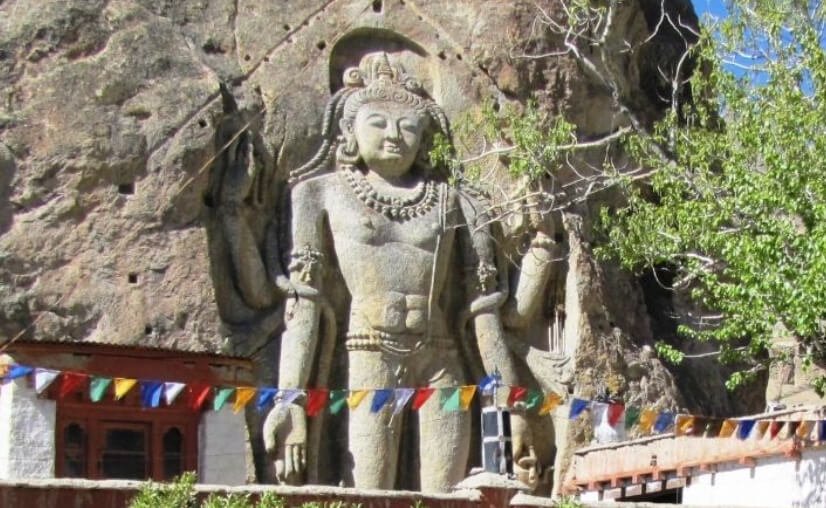
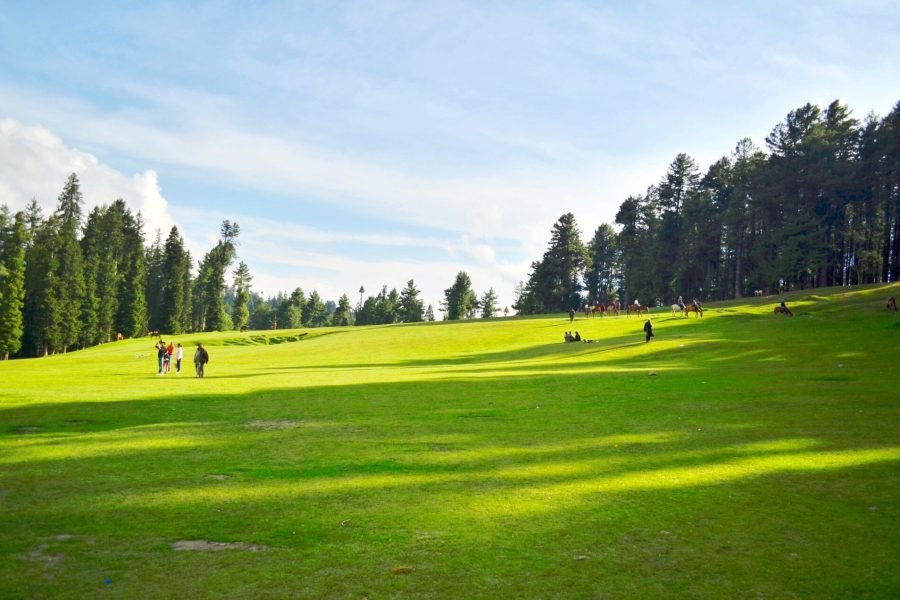
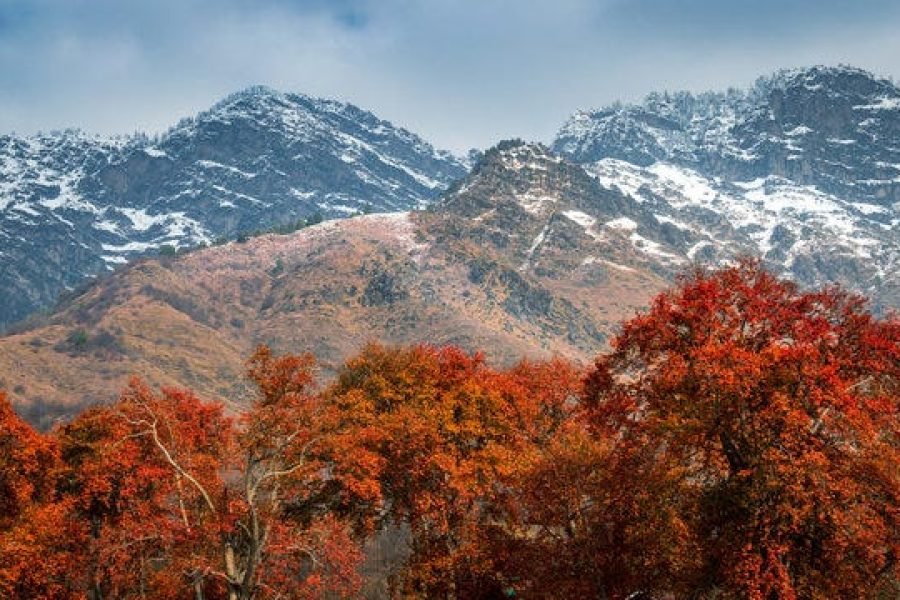
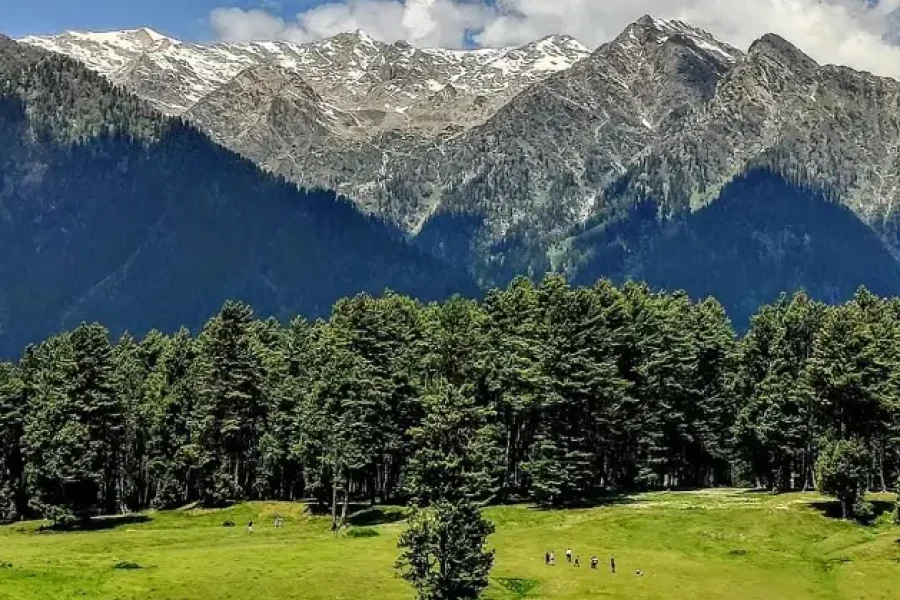
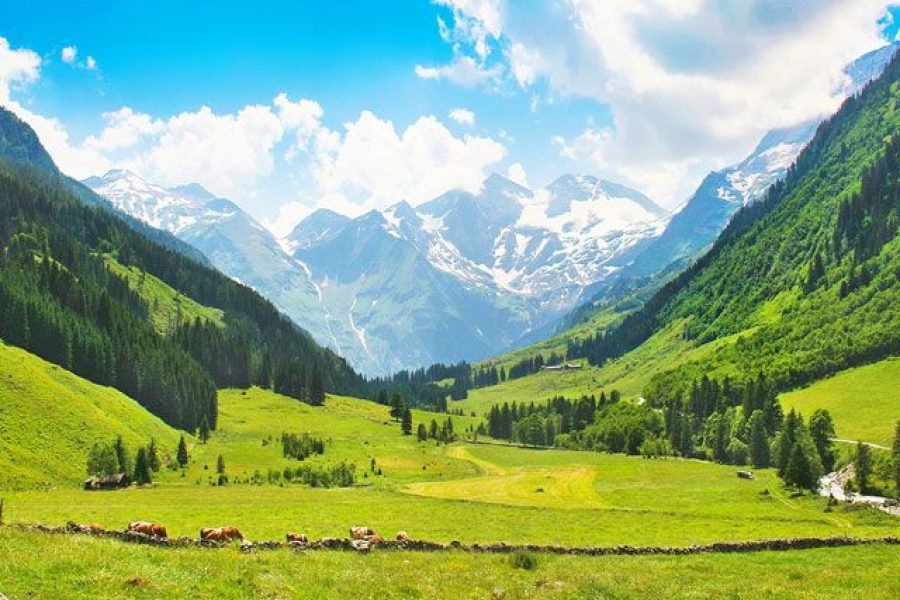
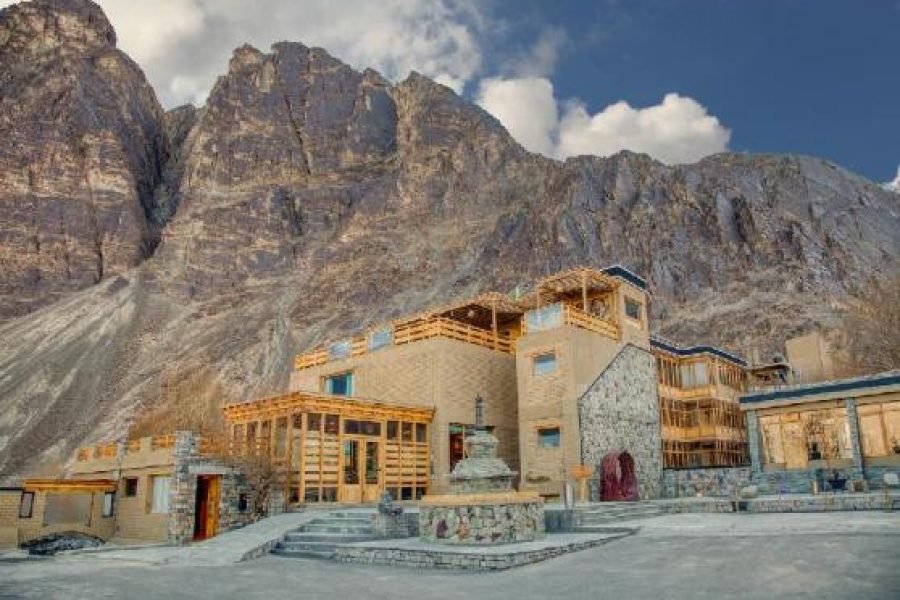
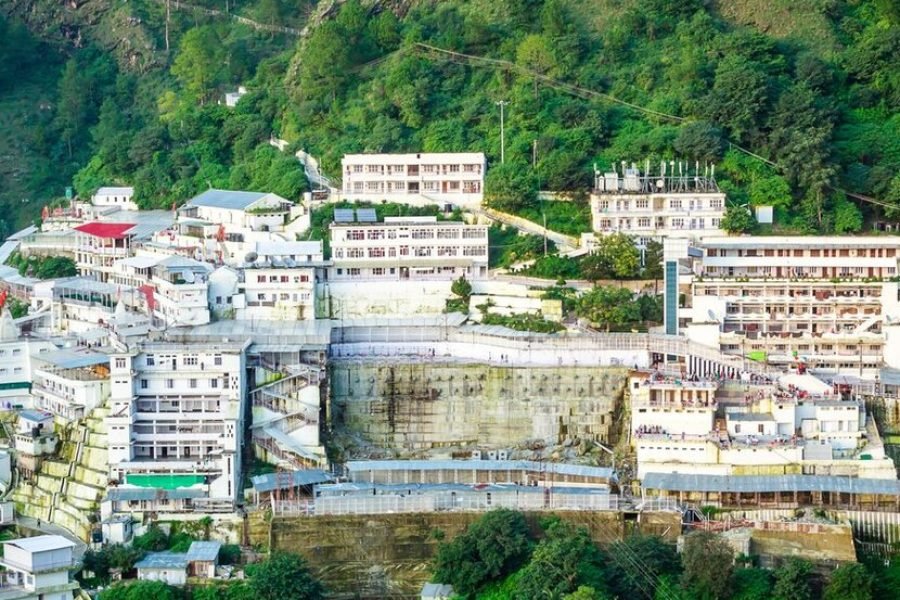
0 Comment